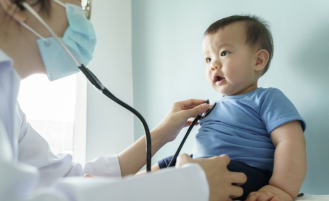Working Together to Prevent Suicide
According to the CDC, suicide rates increased in nearly every state from 1999 through 2016. Suicide is rarely caused by a single factor. Problems with relationships, substance use, physical health, employment, finances, housing and legal situations may all contribute to suicide. Mental health conditions often go unrecognized in those who die by suicide.
If you’re worried about a friend or family member, let them know you’re worried they’re thinking about suicide and ask to help. Look for the following warning signs:
- Feeling like a burden.
- Being isolated.
- Increased anxiety.
- Feeling trapped or in unbearable pain.
- Increased substance use.
- Looking for a way to access lethal means.
- Increased anger or rage.
- Extreme mood swings.
- Expressing hopelessness.
- Sleeping too little or too much.
- Talking or posting about wanting to die.
- Making plans for suicide.
If you suspect they are planning suicide, keep them safe. This includes safely storing medications and firearms to reduce access among people at risk. Be there. Listen to what they need. Offer activities that bring people together so they feel connected and not alone. Help them connect. Call National Suicide Prevention Lifeline at (800) 273-8255. Call King County Crisis Connections at (206) 461-3222. Get them to mental and physical healthcare. Follow up to see how they’re doing. Stay connected.
If the person refuses to accept help, under Washington state law, there are specific circumstances where a person can be detained for involuntary hospitalization due to a mental health condition. These include threatening harm toward themselves or others, substantially damaging someone else’s property, and not caring for their basic needs. If you need immediate assistance, call 911 or King County Crisis Connections 24-hour Crisis Line at (206) 461-3222.
Preventing suicide involves everyone in the community. Everyone can learn the signs of suicide, how to respond and where to access help. We all must work together—government, healthcare, employers, schools, the media, community organizations—to prevent suicide.
References & Resources
- Bethe1to
- King County
- National Suicide Prevention Lifeline
- Overlake Classes: Overlake offers frequent suicide prevention training classes.









